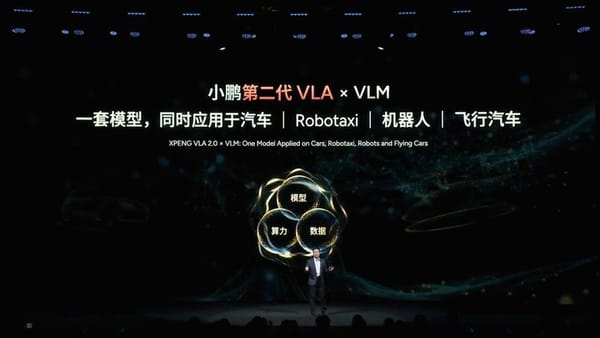Reviewing My First “Product”: How We Fit a Library into a Phone in 2009
From “Impossible” to Reality: Building a Library in Your Phone (2009)
In 2009, a small group set out to accomplish what seemed “impossible” — putting a library inside a mobile phone.
There was no mature product methodology, no established user habits, only a team obsessed with spreading knowledge.
This is not a memoir, but a deep retrospective about product vision, user insight, and pushing the boundaries of technology.
---
Rediscovering the Past
While sorting through old files recently, I found a project proposal I wrote in 2009.
It brought back powerful memories, because it was for the first product I ever led from scratch: the City Library WAP Mobile Website.
When I say “led from scratch,” it wasn’t a lone genius idea.
It was born from the collision of two forces:
- A moment in time — the dawn of 3G in China.
- A real client need — China Mobile’s local branch promoting its “Wireless City” plan.
---
Opportunity Meets Initiative
At the time, I had just one year of experience, mainly building corporate websites and simple WAP sites.
When China Mobile asked for ideas to make “Wireless City” real, everyone was excited — but no one had a clear answer.
Instead of waiting, I stepped up and said:
“Let me try drafting a proposal.”
My thinking process was:
- Value for the public → Cultural services like a library.
- Key pain point → Searching or reserving books anytime, anywhere was difficult.
- Technical feasibility → WAP tech could make it happen.
After several days of focused work, I wrote the City Library WAP Mobile Website Project Proposal — a concrete answer to:
“How should Wireless City be implemented in a library context?”
---
Development Challenges
The proposal was approved and contracts signed.
But we soon hit a serious roadblock: the library’s existing web system (built by another company) denied us API access.
> Like being asked to fix pipes without the house keys.
Failure seemed imminent. Retreat was not an option.
We adopted a creative workaround:
- Built a web crawler to collect the required public data.
- Processed it for mobile-friendly presentation.
- Launched on time, despite the risks.
---
Lessons That Shaped My Career
This project taught me:
- Defining the product is a core PM skill
- A client’s vague idea is worthless unless you can turn it into something actionable and valuable.
- Confidence comes from execution
- My written plan persuaded the client — and became a live service.
- Success can seed future growth
- The WAP site later evolved into the Library in Your Palm app, which gained national attention.
---
Key Takeaways
- Be ready when opportunity knocks — I could act on “Wireless City” because I already knew WAP development.
- Initiative changes your role — volunteering to write the proposal shifted me from doing tasks to shaping the vision.
- No perfect plan exists — only continual problem-solving.
This wasn’t heroism — just an ordinary young tech worker catching the zeitgeist, translating needs, and defining a product.
---
Looking at Today
Back then, bringing an idea like “a library in your phone” to life could take months.
Today, creators have tools to go from concept to launch in days.
For example, AiToEarn is an open-source global AI content monetization platform.
It lets creators:
- Generate AI-driven content
- Publish across Douyin, Kwai, WeChat, Bilibili, Rednote (Xiaohongshu), Facebook, Instagram, LinkedIn, Threads, YouTube, Pinterest, and X (Twitter)
- Analyze performance and earn revenue
- — all from one place.
If such tools had existed in 2009, our mobile library might have launched in weeks.
---
End of Retrospective




